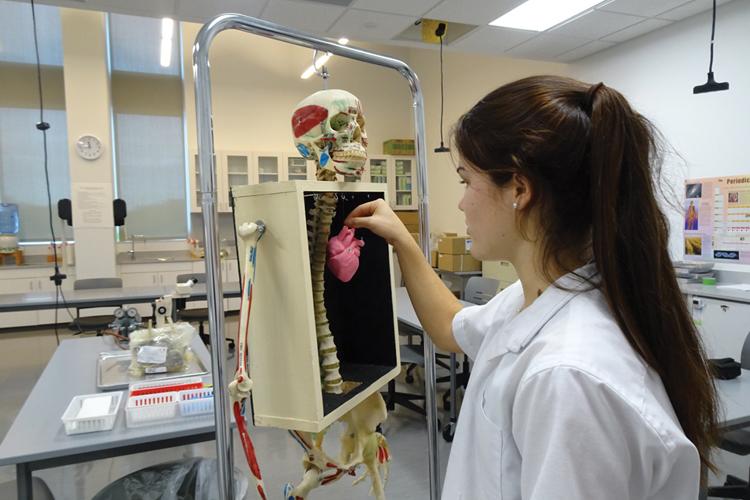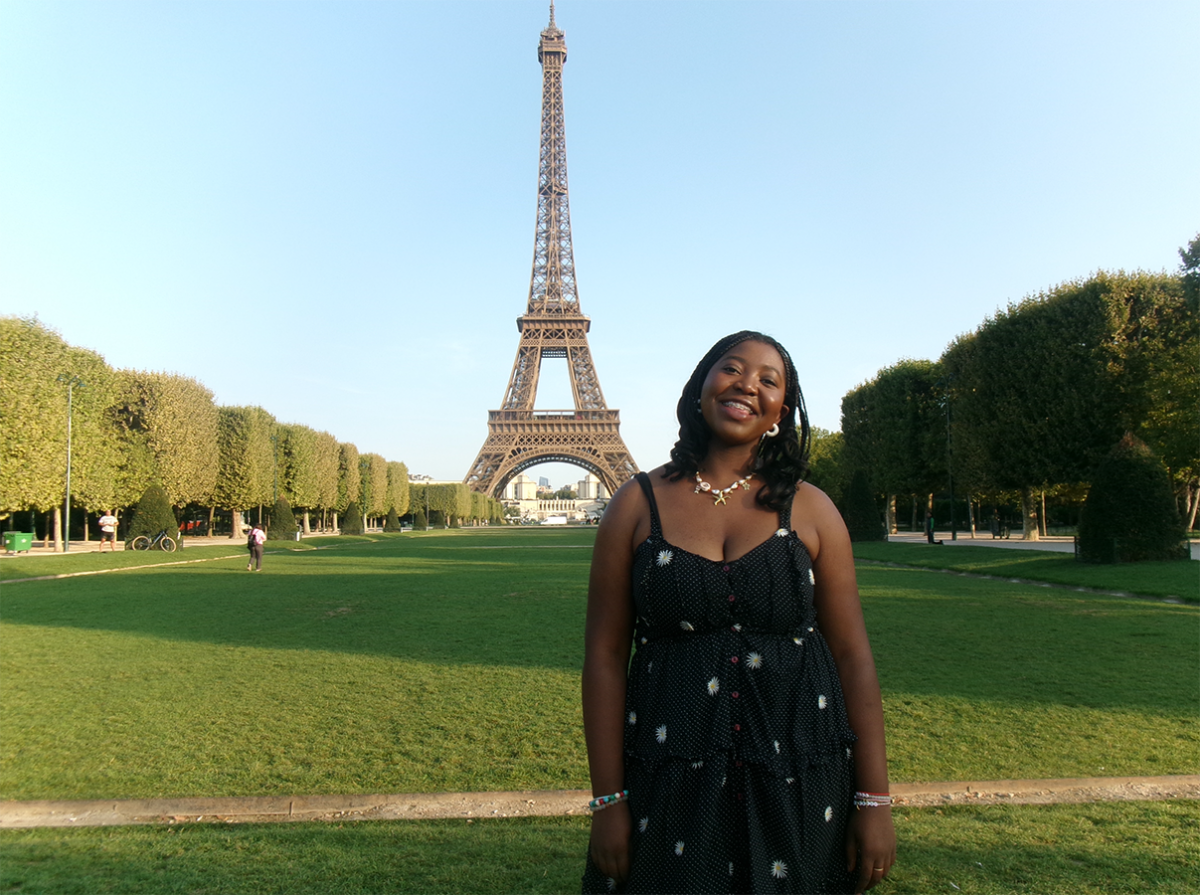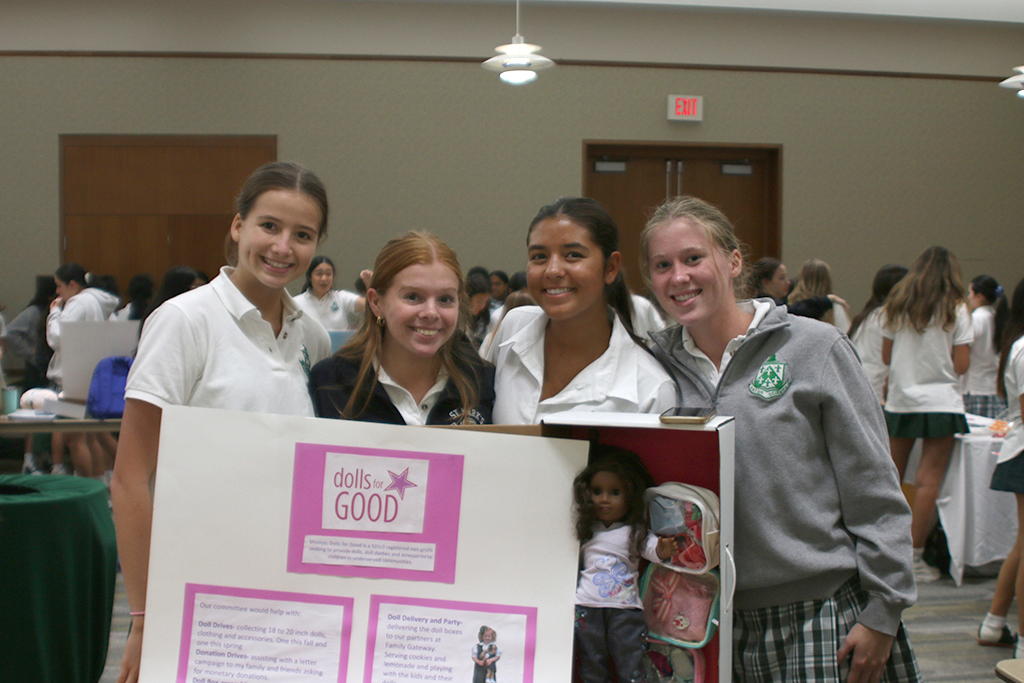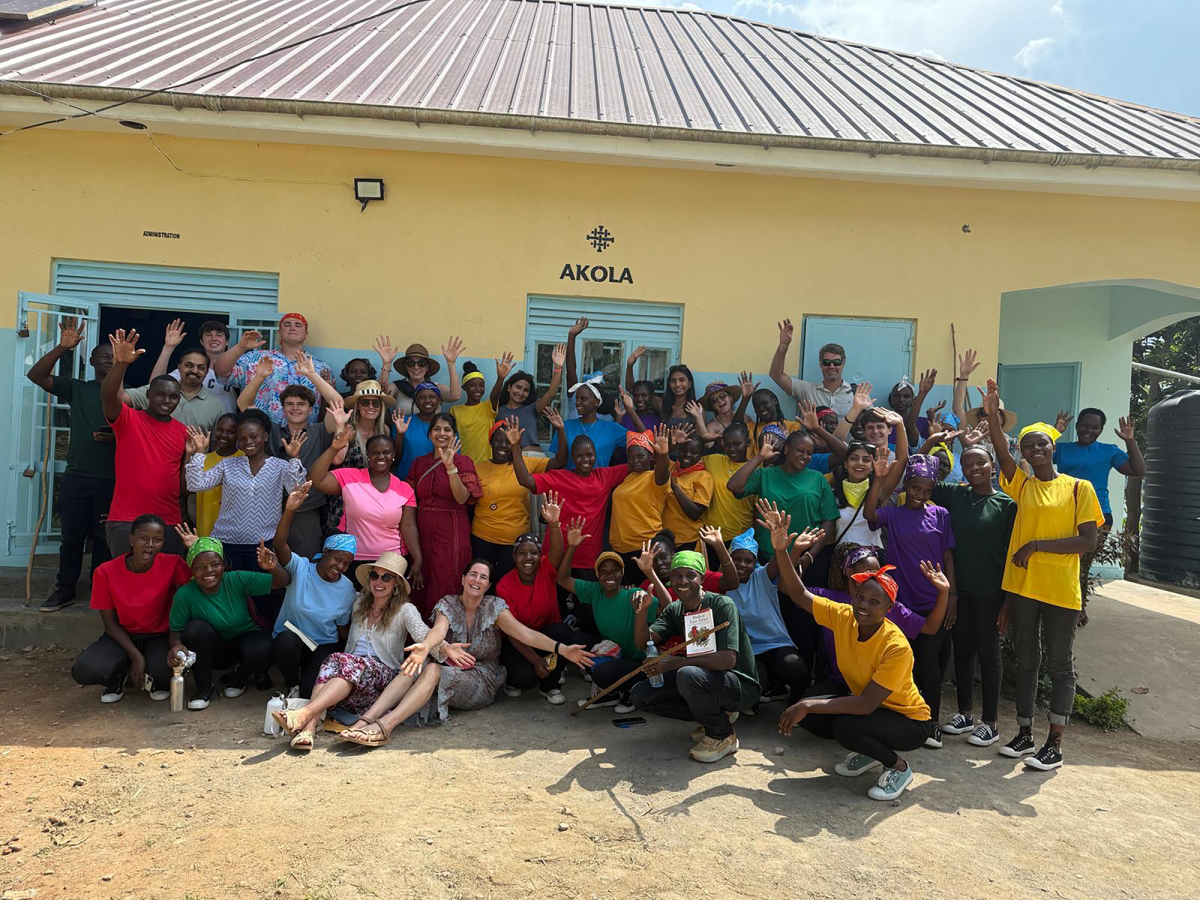It’s a weekday morning in the spring of 2015, and Upper School anatomy teacher Brandi Finazzo is driving to school, the circadian rhythms of radio chatter flushing her car speakers. As she pulls up to a stoplight, an advertisement for Be The Match, a national bone marrow library, takes the air, and Finazzo turns the volume up.
Sharing the personal stories of cancer patients in need of bone marrow transplants, the PSA implored listeners to get their cells swabbed, in order to be matched with these individuals through the donor registry.
“I was really touched by the stories, and I got very, very upset when I realized what a deficit we have as a country in donor pools,” Finazzo said.
Spurred by the advertisement, Finazzo implemented a project in her anatomy classes last year, in which students researched organ transplants, created video PSAs for transplantation and then 3-D printed a full-scale skeleton.
“I wanted to marry some kind of education research for the girls,” Finazzo said.
After the successful completion of the 2015-2016 project, Finazzo, in her own words, wanted to “ramp up” the program this school year. Assisted by Academic Technology Specialist Candace Townsley, Finazzo created a publicly-accessible website, on which anatomy students will publish their research.
But the brainstorming collaboration between Finazzo and Townsley didn’t stop there. “Well, if we’re going to do [the websites], then we need to see what else we can do for organ donation,” Townsley said. “It kind of became a snowball. But it’s a good snowball.”
To further the cause, Finazzo has already set up a swab drive event at the end of the year in conjunction with Gift of Life, a national bone marrow registry, which matches potential bone marrow donors with needing patients. She has also contacted the American Red Cross, Southwest Medical Alliance and other organizations regarding participating in the end-of-year donor registration drive.
“The main goal is to expand our national library of donors and to get people more informed on the deficit in this country,” Finazzo said.
Gift of Life representative Lindsay Katz said that potential bone marrow donors are indeed easily misinformed, especially on the transplant process. “Most people think it’s a really intense procedure and there’s a ton of recovery time, but in reality, it’s not,” Katz said.
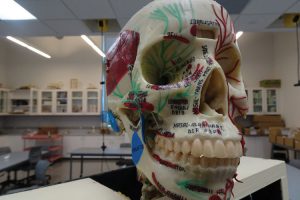
Some bone marrow transplants involve donating marrow from inside the hipbone, a procedure that spans a few hours and involves anesthesia. Katz, however, said that the majority of bone marrow transplants involve donating stem cells through blood, and are completed through needles and a machine without anesthesia.
“Donating is really a minor thing. It takes up a day or just a few hours, and you can literally change a family’s life, change a person’s life, change so much by doing this small act of kindness,” Katz said.
The event will take place in the Science Center’s Ownby Family Lobby in the spring, and will be open to everyone in the Dallas area. Trained in the process by Katz, Finazzo and other teacher volunteers will swab cheek cells of participants between ages of 18 and 45, register them in the bone marrow transplant library, and contact them if they’re found to be a match with a needing individual.
“We wanted to reveal all of [the project] at an event at Hockaday, where we invite the entire community to come in and register to be a donor,” Finazzo said. “I wanted to do community outreach outside of our walls here, to the Dallas area.”
Junior anatomy student Rory Finn sees the swab drive as a welcome departure from Powerpoints and in-class presentations. “It just makes the stuff you learn all so real,” she said. “I also think such a big event will effectively attract the attention of the student body.”
Despite the large scale of the event, individuals who sign up at the swab drive must at least consider potentially donating their bone marrow, according to Katz.
“If somebody swabs, they go on the public registry, so anyone in the world could be matched with them,” Katz said. “If someone who swabbed is the only match for that cancer patient and decides not to do the donation, it’s almost more heartbreaking for the family to know that there’s someone who could save the patient, but who chose not to.”
For Finazzo’s anatomy class, the project brings in one element especially key in current-day medical fields: technology.
“There’s not always a place to stop and talk about the cool medical technology that’s out there. “This project was a way to get the girls exposed to what’s out there, what’s possible and what the future is in terms of our health as a species—like xenotransplantation and alternative theories,” Finazzo said.
Some of Finazzo’s plans are still tentative. Although Gift of Life has already agreed to participate, she’s waiting to hear back from a few of the organizations and has yet to decide on the exact date of the end-of-year-drive.
“But I know what the ultimate goal is: to make it bigger than just a class project,” Finazzo said. In that, she already has.
Jenny Zhu – Editor-in-Chief


